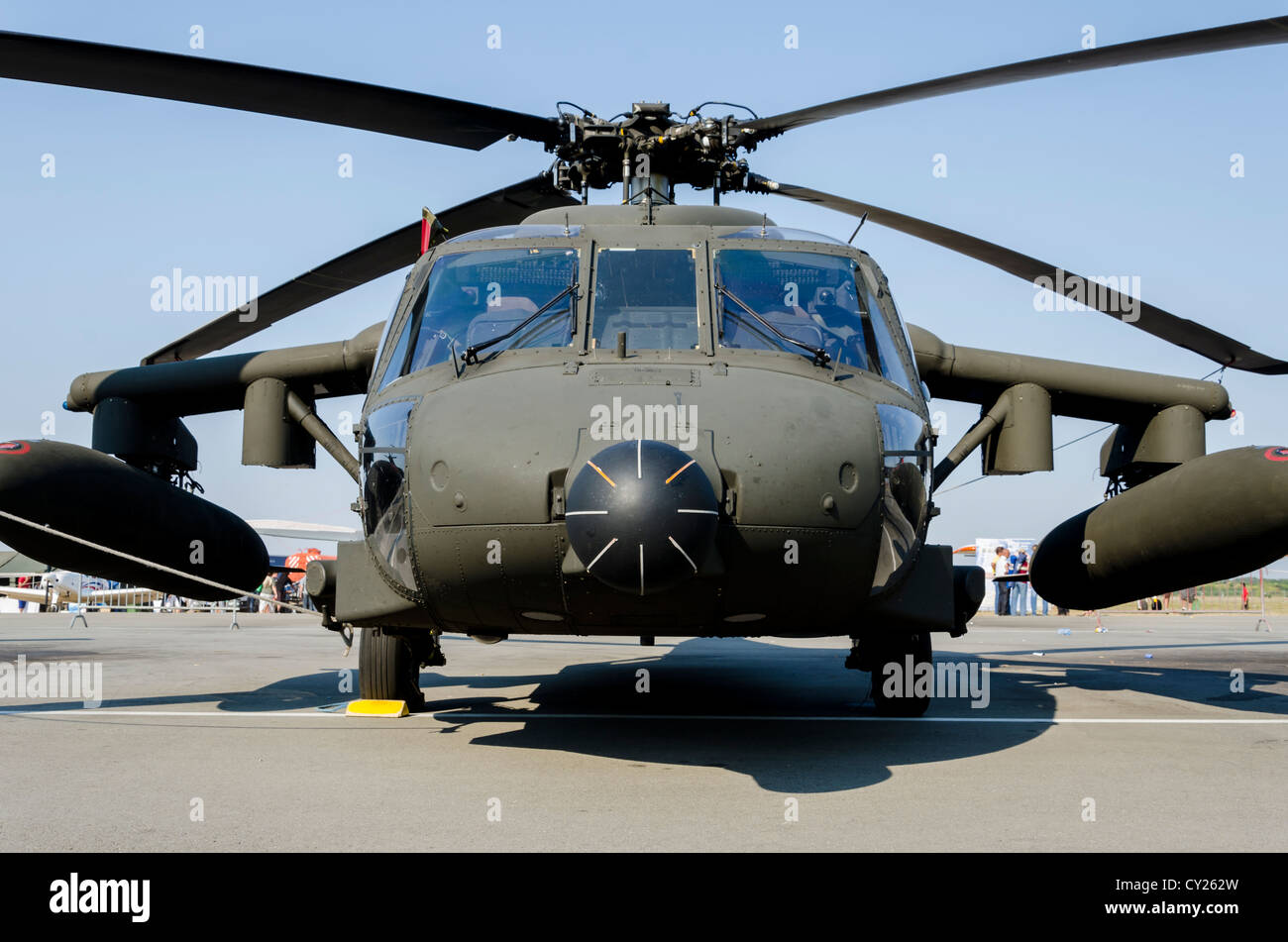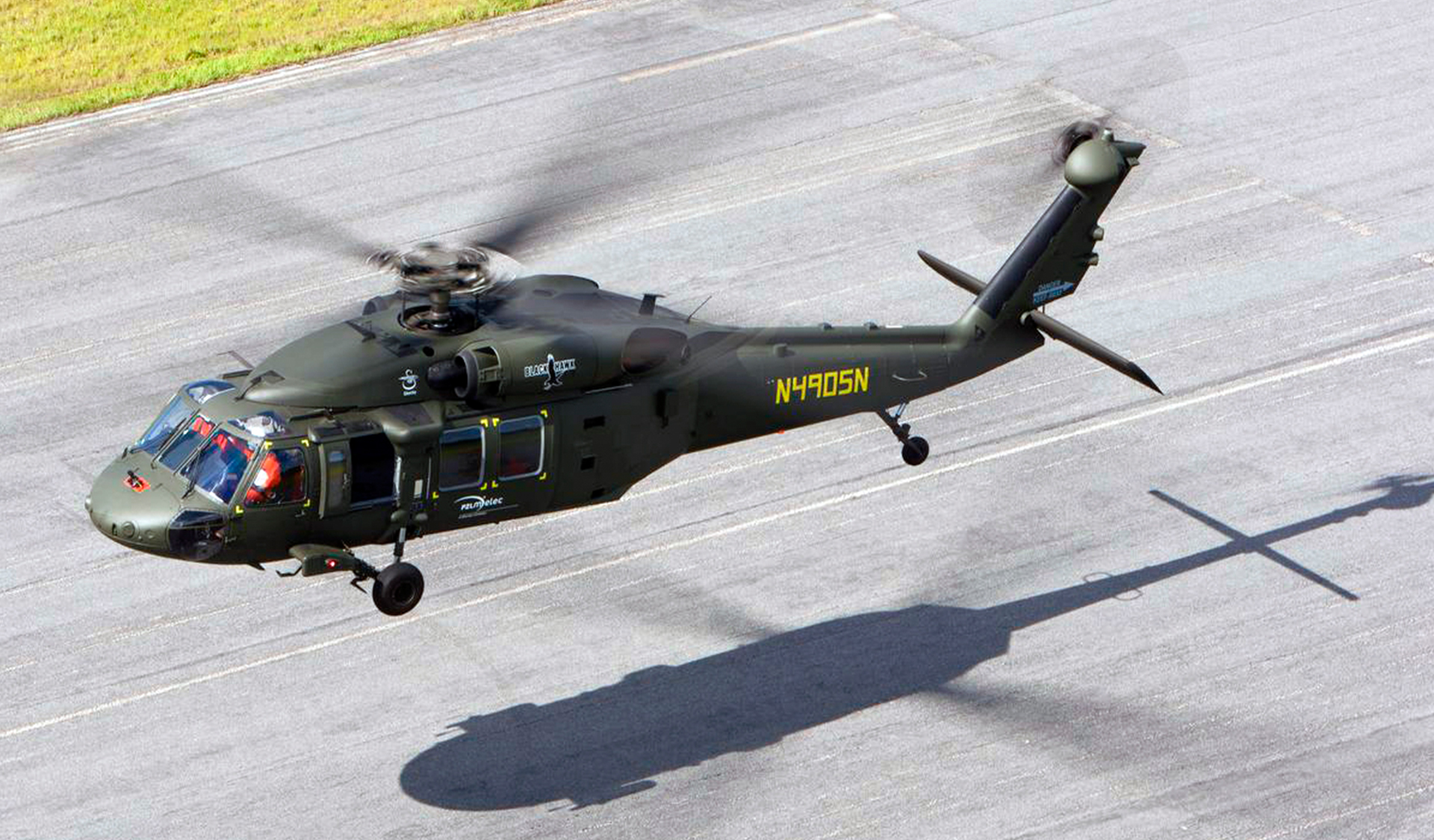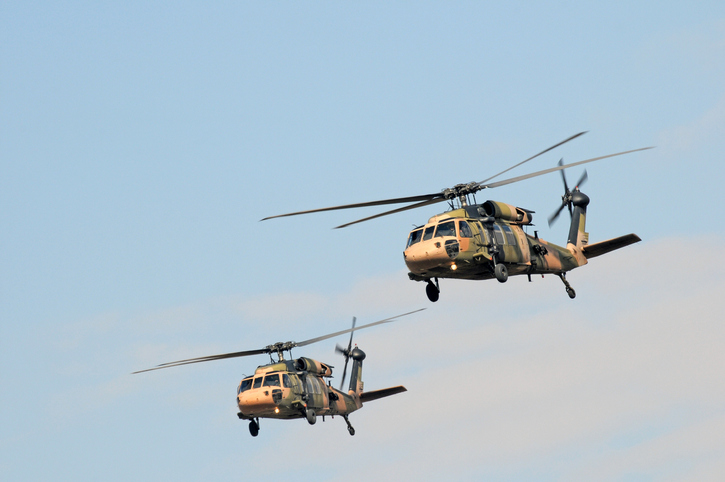Revealing the Sikorsky S 70: Developments and Advancements in Helicopter Engineering
Revealing the Sikorsky S 70: Developments and Advancements in Helicopter Engineering
Blog Article
High-Performance Multi-Role Rotorcraft Featuring Advanced Cabin Technologies and Integrated Sensing Unit Systems
The realm of rotorcraft technology has actually seen noteworthy advancements in current times, especially in the world of high-performance multi-role rotorcraft equipped with cutting-edge cabin technologies and seamlessly incorporated sensing unit systems. In the adhering to conversation, we will discover the development of rotorcraft modern technology, dig into the realm of innovative cockpit developments, and check out the ramifications of incorporated sensing unit systems on the functional flexibility and performance of modern rotorcraft.
Development of Rotorcraft Innovation
The advancement of rotorcraft technology has been noted by significant innovations in aerodynamics, materials, and propulsion systems, forming the capabilities and efficiency of modern-day rotorcraft. In addition, innovations in propulsion systems, including extra effective engines and ingenious propulsion modern technologies, have actually made it possible for rotorcraft to accomplish higher altitudes, faster speeds, and greater hauls.
These advancements have not only transformed the capacities of rotorcraft yet have actually also increased their applications throughout different industries, consisting of army, commercial, and emergency services. The continuous advancement of rotorcraft modern technology remains to drive technology in the field, pushing the borders of what is feasible and forming the future of upright flight.
Advanced Cockpit Innovations
Building upon the foundational innovations in the rules of aerodynamics, materials, and propulsion systems, the world of rotorcraft innovation currently moves focus in the direction of introducing Advanced Cabin Innovations. The assimilation of cutting-edge modern technologies within the cabin setting plays an essential function in boosting the functional capacities, safety and security, and effectiveness of modern rotorcraft. sikorsky s 70. Advanced Cabin Innovations include a broad selection of functions made to give pilots with improved situational awareness, structured information management, and intuitive control interfaces
Among the essential developments in cabin design is the execution of glass cockpits, which change conventional analog determines with high-resolution displays. These electronic systems provide adjustable formats, real-time data combination, and improved readability, allowing pilots to accessibility critical information at a glimpse. Moreover, advanced avionics systems, such as fly-by-wire controls and enhanced reality screens, are changing just how pilots communicate with the airplane, permitting for precise control and improved decision-making capabilities.


Incorporating advanced cabin developments not only enhances pilot efficiency but also contributes to total objective effectiveness and safety in complex functional environments. By leveraging state-of-the-art modern technologies within the cabin, rotorcraft producers are setting brand-new requirements for functional excellence and goal success.
Integrated Sensor Solutions
With the evolution of rotorcraft modern technology, the assimilation of sophisticated Integrated Sensing unit Solution has actually ended up being paramount in boosting functional efficiency and security. These Integrated Sensing unit Solutions encompass a wide variety of technologies that offer crucial information for numerous features such as navigating, surveillance, targeting, and ecological tracking. By flawlessly integrating sensors like radars, video cameras, lidar, and infrared systems into rotorcraft, drivers can gain from boosted situational understanding, enhanced mission capabilities, and decreased pilot workload.
One key advantage of Integrated Sensing unit Equipments is their ability to collect real-time data and give actionable insights to pilots and objective operators. Progressed radar systems can identify and track targets over long ranges, enabling for very early hazard detection and effective reaction preparation. In addition, incorporating infrared and electro-optical electronic cameras makes it possible for rotorcraft to conduct reconnaissance and find out monitoring missions with accuracy and precision.
Essentially, the assimilation of innovative sensing unit modern technologies right into rotorcraft not only enhances operational effectiveness yet also contributes dramatically to general mission success and crew security. As rotorcraft proceed to evolve, the function of Integrated Sensing unit Systems will undoubtedly remain at the center of advancement in the aerospace industry.
Operational Versatility and Efficiency
Enhancing operational adaptability and efficiency in rotorcraft is an all-natural progression from the assimilation of sophisticated Integrated Sensing unit Systems. By leveraging the information and insights offered by these innovative sensor systems, rotorcraft can enhance their efficiency throughout different objectives and atmospheres.
Functional convenience includes the capability of rotorcraft to adapt to different navigate to this website roles and circumstances effectively. With advanced cockpit technologies and incorporated sensor systems, rotorcraft can flawlessly change between tasks such as search and rescue, medical evacuation, monitoring, and much more. This versatility boosts the rotorcraft's capability to meet diverse operational requirements without requiring considerable reconfiguration.
Efficiency in rotorcraft procedures is essential for maximizing goal efficiency and resource usage. Integrated sensing unit systems play a crucial duty in enhancing functional performance by offering real-time data on weather, surface mapping, target monitoring, and a lot more. This information makes it possible for pilots to make enlightened decisions quickly, maximize flight paths, preserve fuel, and enhance overall goal productivity.
Effect On Modern Aeronautics Workflow

Furthermore, the integration of innovative sensing units helps with improved goal preparation and execution, allowing rotorcraft to execute a wide variety of tasks with improved precision. From search and rescue operations to aerial firefighting and law enforcement goals, the capacities of modern rotorcraft geared up with innovative cabin modern technologies and integrated sensor systems are unequaled.
Furthermore, the effect of these developments prolongs past operational effectiveness to cost-effectiveness and sustainability. By optimizing flight courses, gas consumption, and maintenance schedules, high-performance rotorcraft geared up with advanced cockpit modern technologies and sensing units add to reducing functional prices and environmental effect, making them crucial properties in contemporary aviation operations.
Verdict
To conclude, the high-performance multi-role rotorcraft with innovative cabin technologies and integrated sensor systems stands for a substantial advancement in aviation modern technology. These technologies enhance operational flexibility and effectiveness, eventually influencing modern-day aeronautics procedures in a favorable method. The assimilation of these innovative technologies allows for boosted capabilities and performance in various mission scenarios, showcasing the continued innovation of rotorcraft modern technology in the aeronautics sector.
The world of rotorcraft technology has seen noteworthy developments in recent times, especially in the realm of high-performance multi-role rotorcraft furnished with cutting-edge cockpit modern technologies and seamlessly incorporated sensor systems. From enhanced objective convenience to improved operational performance, the convergence of advanced cockpit technologies and incorporated sensor systems has actually ushered in a brand-new era of opportunities for rotorcraft applications. In the adhering to discussion, we will certainly check out the advancement of rotorcraft innovation, delve right into the realm of sophisticated cockpit innovations, and check out the ramifications of integrated sensing unit systems on the functional adaptability and effectiveness of modern rotorcraft.

Report this page